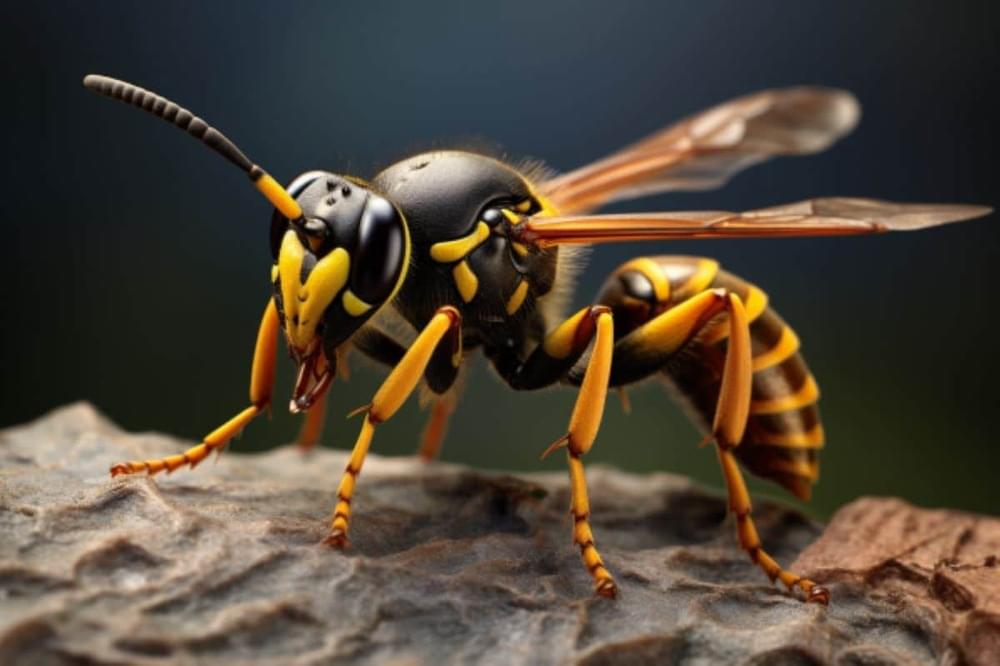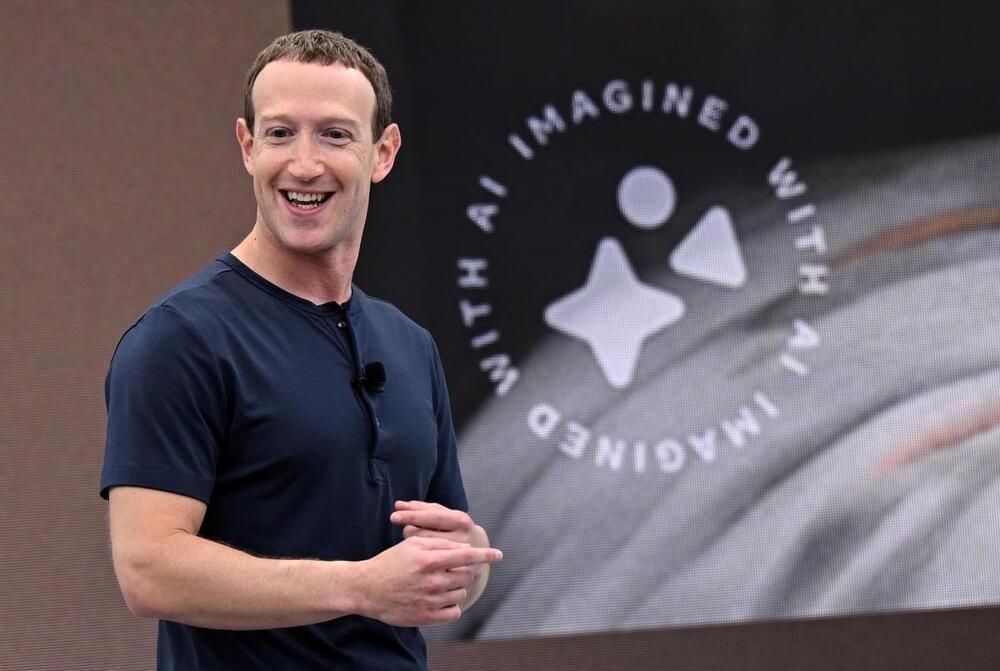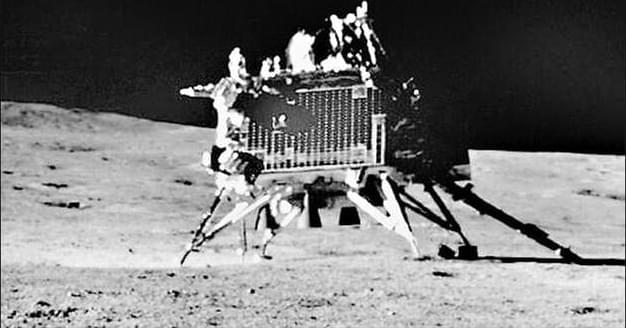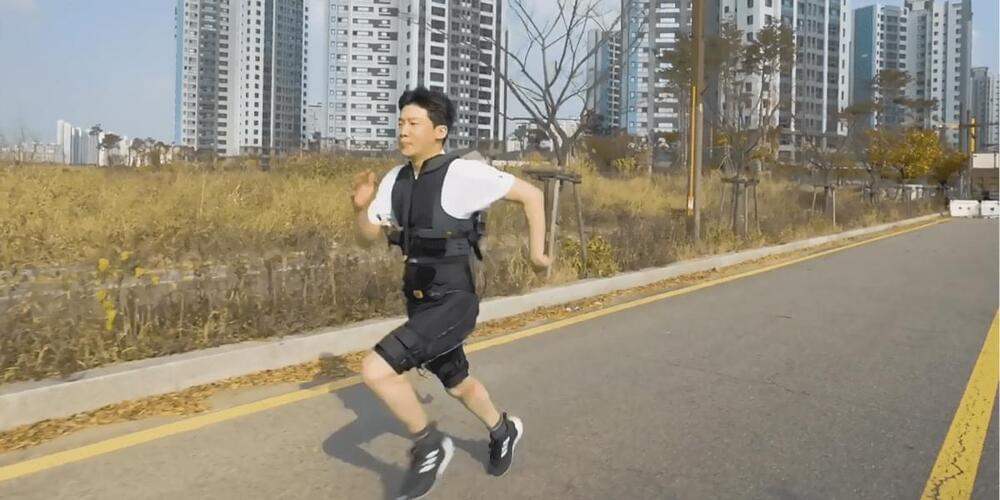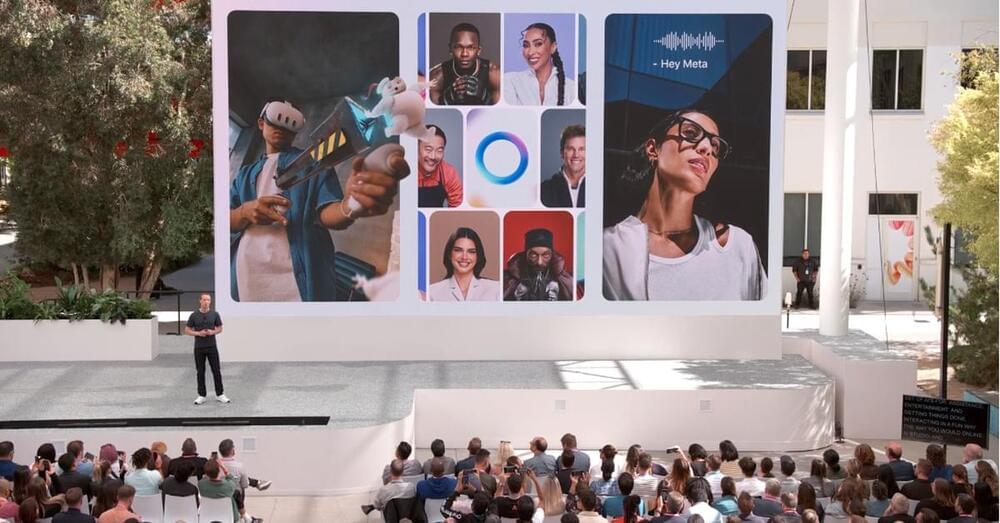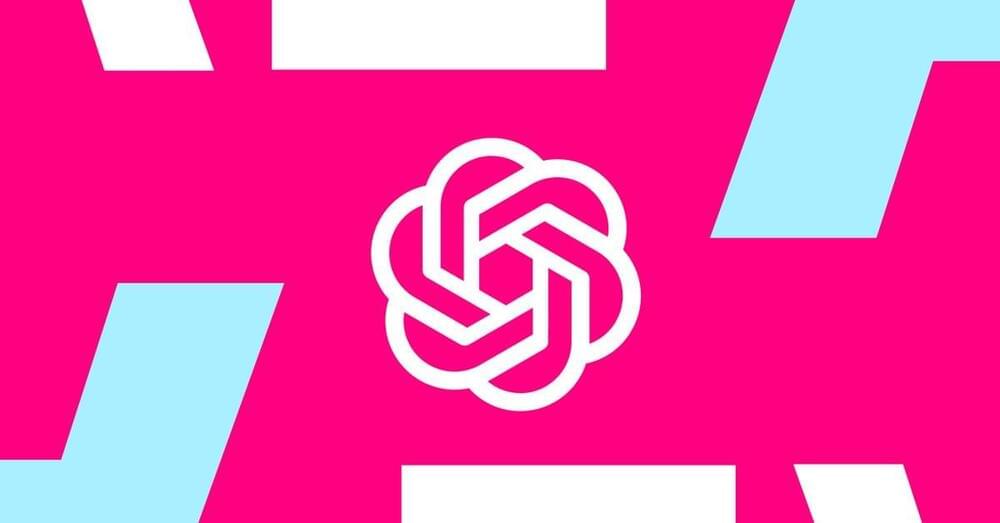Summary: Neuroscientists have achieved a groundbreaking feat by mapping the early visual system of a parasitic wasp, smaller than a grain of salt.
Utilizing advanced imaging technologies, they reconstructed the entire system at the synaptic level, a first for any animal. Despite its miniature size, the wasp’s brain exhibited immense complexity, with functions and neural circuits paralleling larger brains.
This research not only deepens understanding of neural principles but also holds potential for enhancing artificial intelligence.
